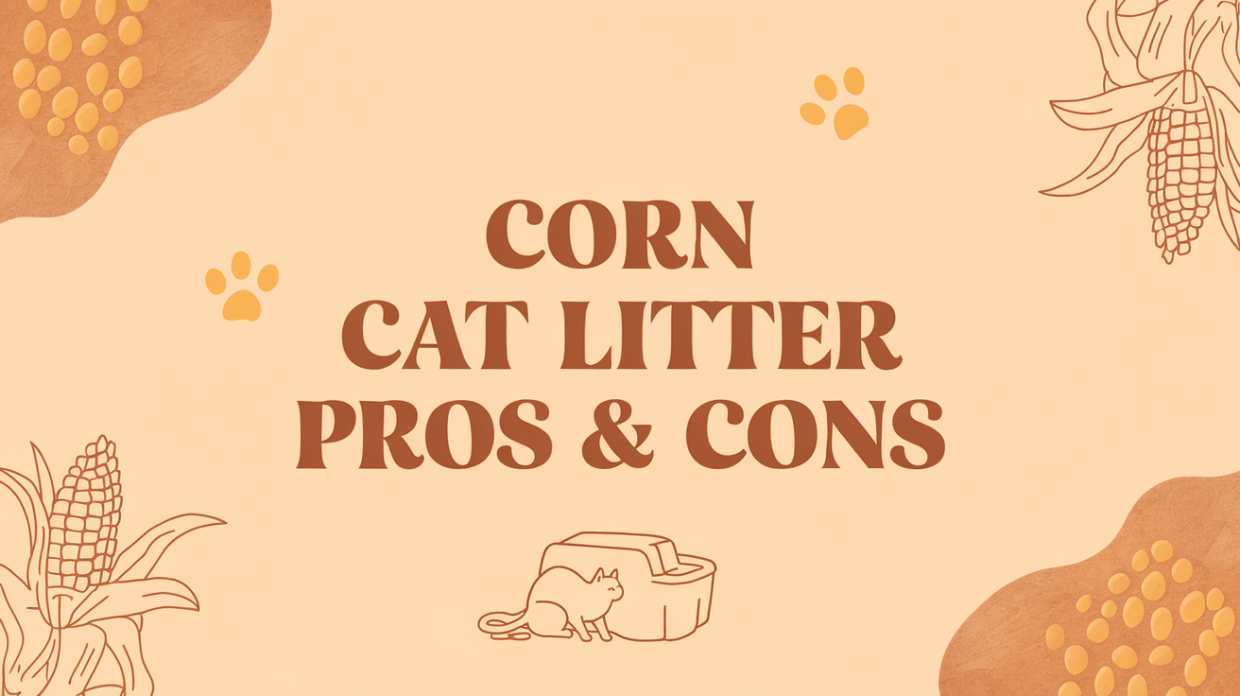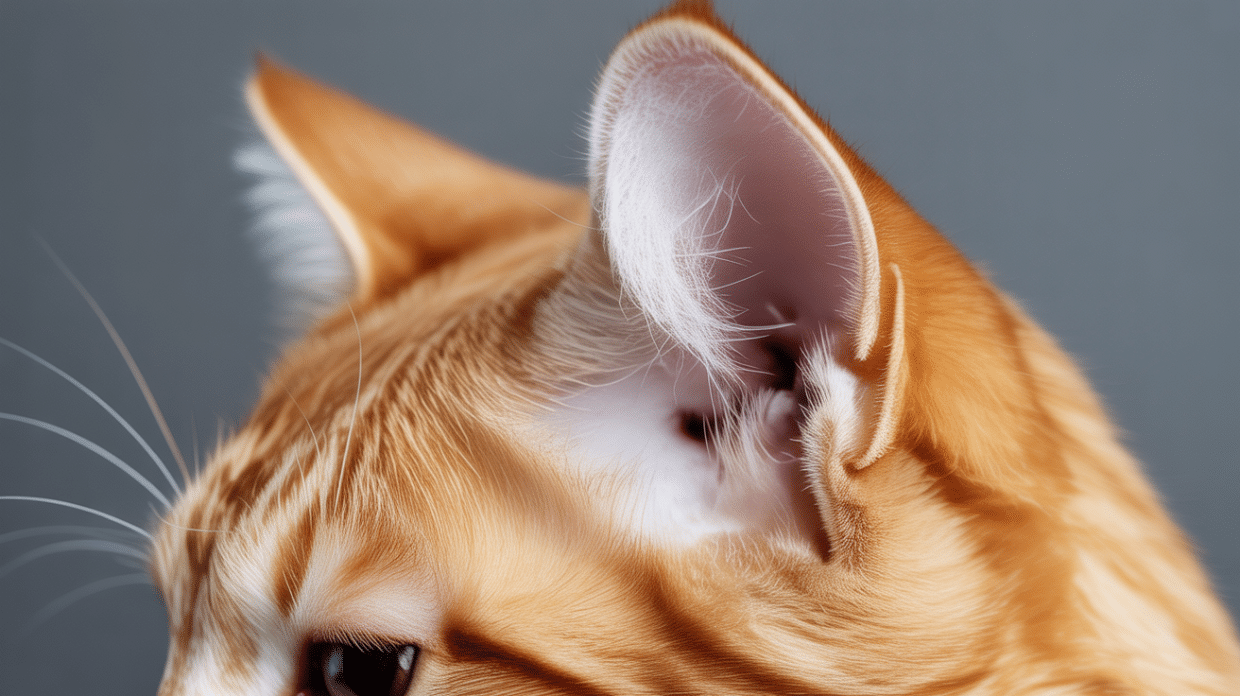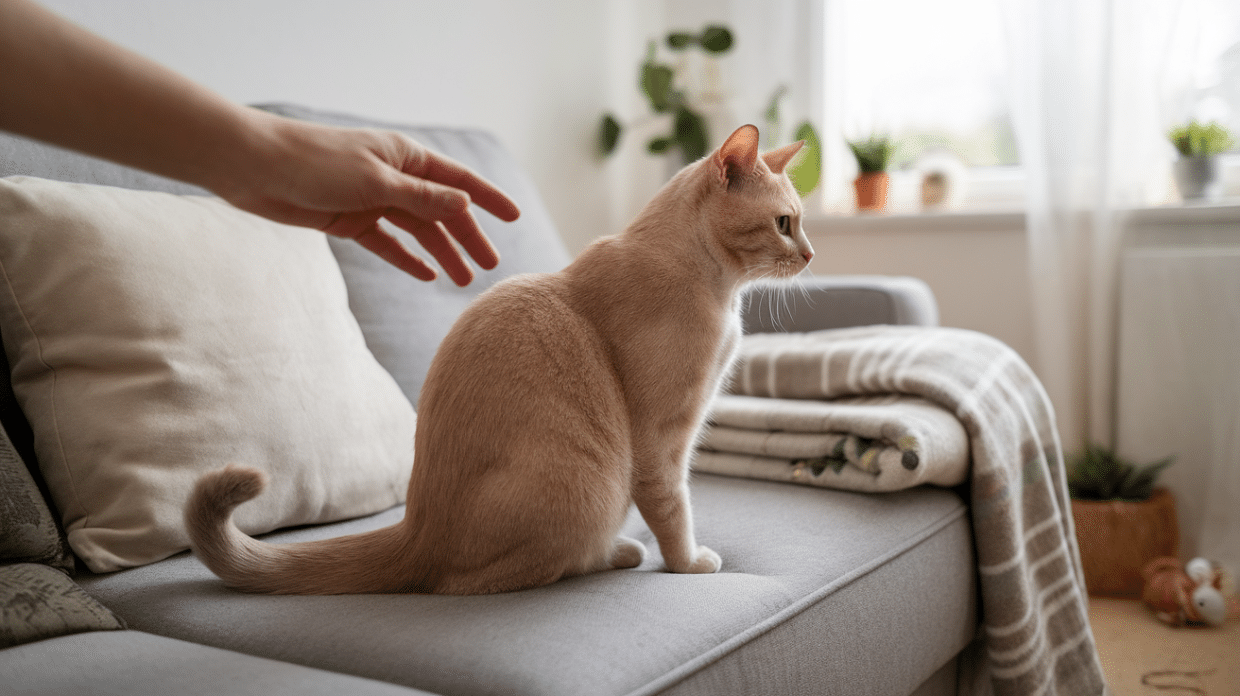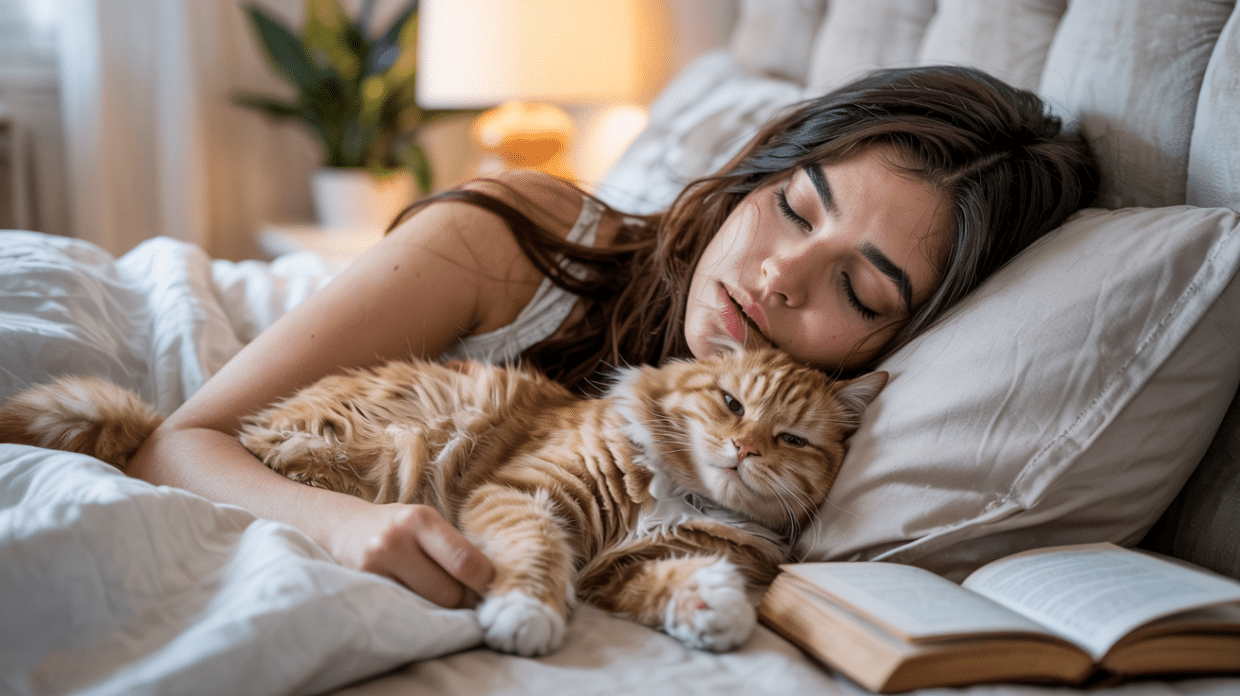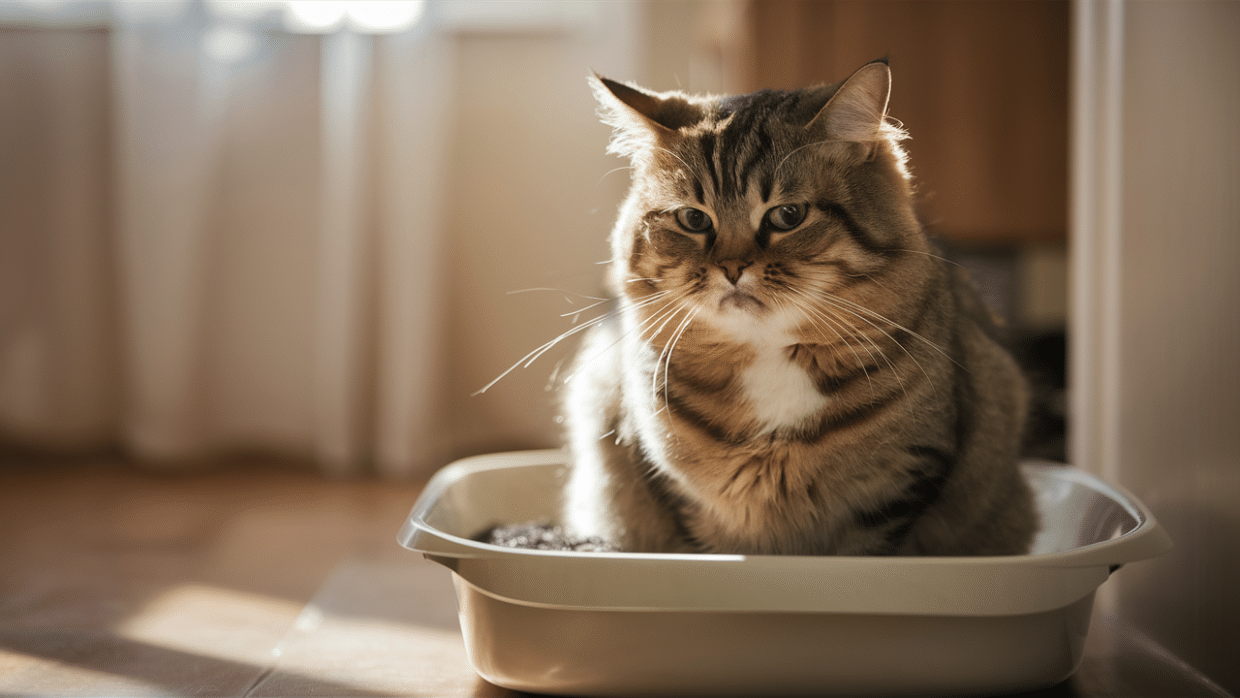Tired of dealing with dusty, harmful cat litter that’s bad for your cat and the environment?
Corn cat litter offers a cleaner, greener alternative. Made from renewable plant resources, it’s biodegradable, lightweight, and safe for your furry friend.
Unlike traditional clay litter, which is made from mined materials, corn litter absorbs moisture and controls odors while reducing your environmental impact.
In this blog, we’ll look at the benefits and potential drawbacks of corn cat litter, how it works, and tips for using it effectively.
If you’re looking to switch to a healthier, eco-friendly option for your cat, this guide will help you make the right choice. Ready to learn more? Keep reading!
What Makes Corn Cat Litter Different?
Corn cat litter consists primarily of compressed corn materials. The natural corn starches create solid clumps when they come into contact with moisture, making cleanup straightforward. Two main varieties exist:
- Clumping corn litter forms solid masses when wet, similar to clay litter
- Non-clumping versions absorb moisture without forming solid clumps
The corn material naturally controls some odors by trapping ammonia compounds from urine within its structure.
The manufacturing process of corn cat litter involves grinding corn cobs and kernels into small particles. These particles are then dried to remove excess moisture, making them highly absorbent. Some brands add natural plant fibers or starches to improve the clumping action.
Corn litter’s microscopic structure makes it work so well. Corn contains natural starches that swell when wet, creating a gel-like substance that forms tight clumps. This makes scooping waste much easier and helps contain smells.
The natural enzymes present in corn also help break down some waste odors, giving it an advantage over synthetic materials. Many cat owners report that the sweet, subtle scent of corn is more pleasant than the artificial fragrances found in other litters.
Unlike clay litter, which can create dust clouds when poured, corn litter tends to settle quickly. This means fewer airborne particles when filling the litter box, a benefit for both humans and cats with sensitive lungs or respiratory conditions.
Most corn litter is also free from added chemicals, dyes, and fragrances that might irritate sensitive cats. This makes it a good choice for kittens or cats with allergies or skin sensitivities.
Benefits of Using Corn Cat Litter
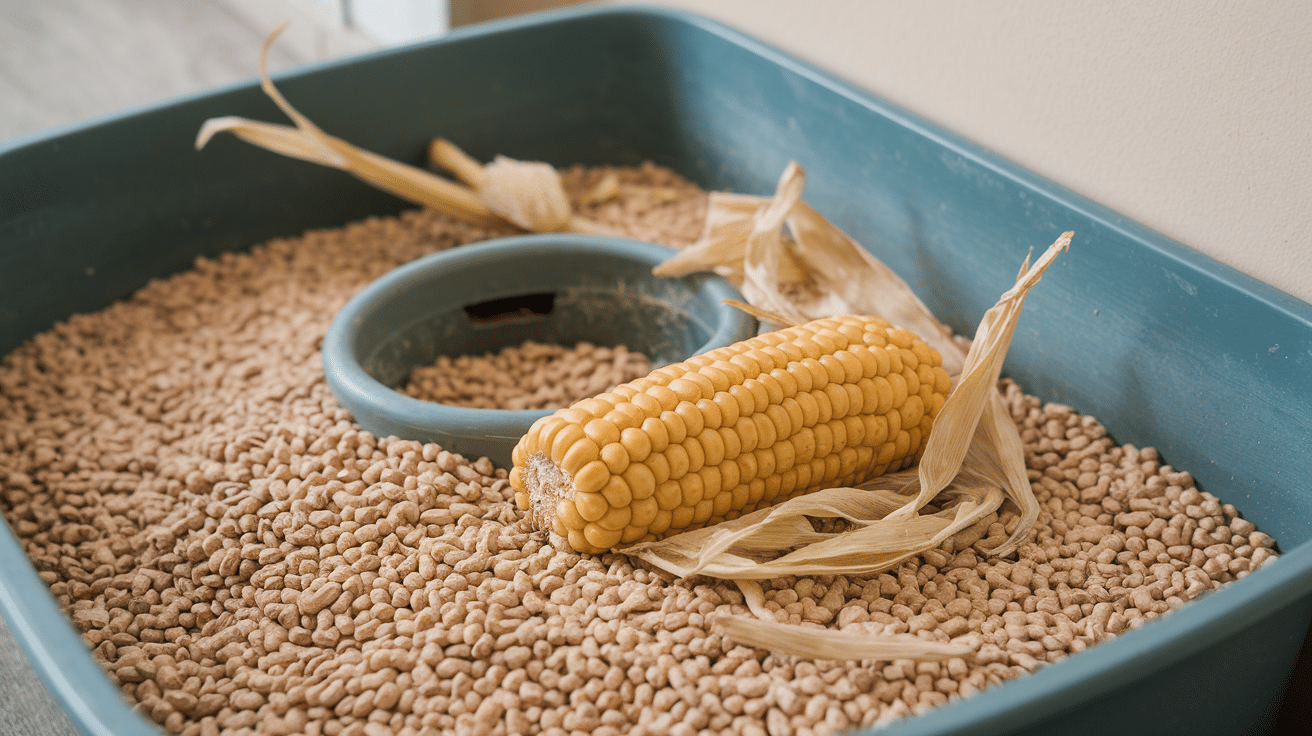
Corn litter offers several advantages over traditional options:
- Environmental benefits: Made from renewable crops that grow quickly, unlike clay, which requires mining. Corn litter breaks down naturally when disposed of properly.
- Health improvements: It creates significantly less dust than clay varieties, reducing respiratory issues for both cats and humans. It also contains no sodium bentonite, a swelling clay found in many traditional litters that can cause digestive problems if ingested.
- Practical advantages: It weighs 50% less than clay litter, making bags easier to carry and store. Some varieties can be flushed in small amounts (check local regulations first).
Potential Drawbacks of Corn Cat Litter
Odor Control and the “Barnyard” Smell
While corn litter absorbs some odors well, it may develop a distinct corn smell when wet. Some users report this can combine with cat waste odors, creating an unpleasant scent. To address this issue:
- Change the litter more frequently
- Mix in a small amount of baking soda as a natural odor absorber
- Try brands with activated charcoal or other natural odor control additives
Tracking, Dust, and Spoilage
Though corn litter creates less dust than clay, it has its own challenges:
- Lightweight particles may stick to paws and spread around your home
- In humid environments, corn litter can develop mold if left unused for extended periods
- Occasional dust may still occur, though less than clay alternatives
To minimize these issues:
- Use a litter mat to catch particles from paws
- Store unused litter in airtight containers to prevent moisture absorption
- Keep litter boxes in low-humidity areas when possible
Health and Safety Concerns with Corn Cat Litter
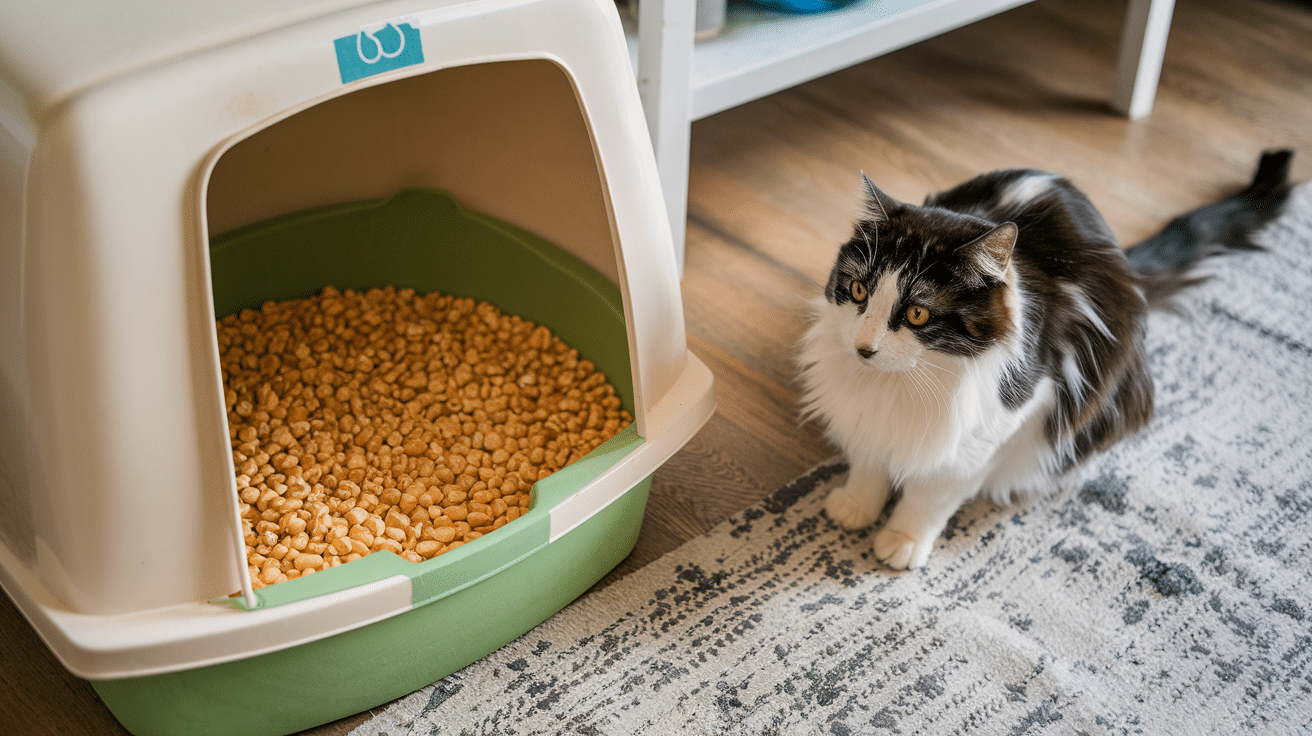
Aflatoxin Risks
Aflatoxins are naturally occurring toxins produced by certain molds that can grow on corn. Quality corn litter manufacturers test for these compounds, but it’s worth understanding the risk:
- Aflatoxins can cause liver damage in cats if ingested
- Reputable brands test corn supplies for aflatoxin levels
- Using litter from established companies reduces this risk
To keep your cat safe:
- Purchase from companies that mention aflatoxin testing
- Watch for symptoms like decreased appetite, yellowing eyes, or lethargy
- Replace litter that appears moldy or smells musty
How to Use Corn Cat Litter
For best results with corn litter:
- Start with 2-3 inches of litter in a clean box
- Remove solid waste daily using a slotted scoop
- Add small amounts of fresh litter as needed to maintain depth
- Change the entire litter box every 3-4 weeks
- When disposing, small amounts can be composted in non-food gardens (check local regulations)
To extend the life of your corn litter:
- Remove clumps promptly before they break down
- Keep the litter box in a dry area
- Consider a covered box to reduce humidity exposure
Conclusion
Corn cat litter offers a natural, eco-friendly alternative to clay options, providing benefits like being biodegradable, lightweight, and less dusty.
While it tends to cost more than traditional clay litter and may have moderate odor control, its renewable source and safety make it appealing to many cat owners.
Some may need to adjust to its earthy smell or manage minor tracking.
Ultimately, whether corn litter is the right choice for you depends on factors such as your cat’s preferences, your budget, and your commitment to environmentally conscious products.
Consider these elements before making the switch to corn-based litter. Read other blogs on our website for more content that helps keep your feline friend happy.

